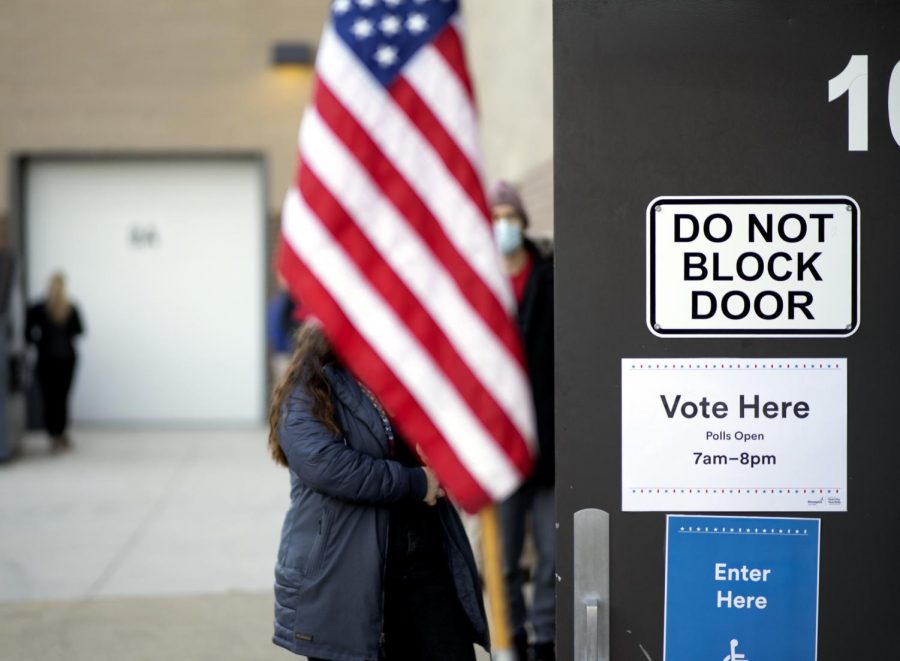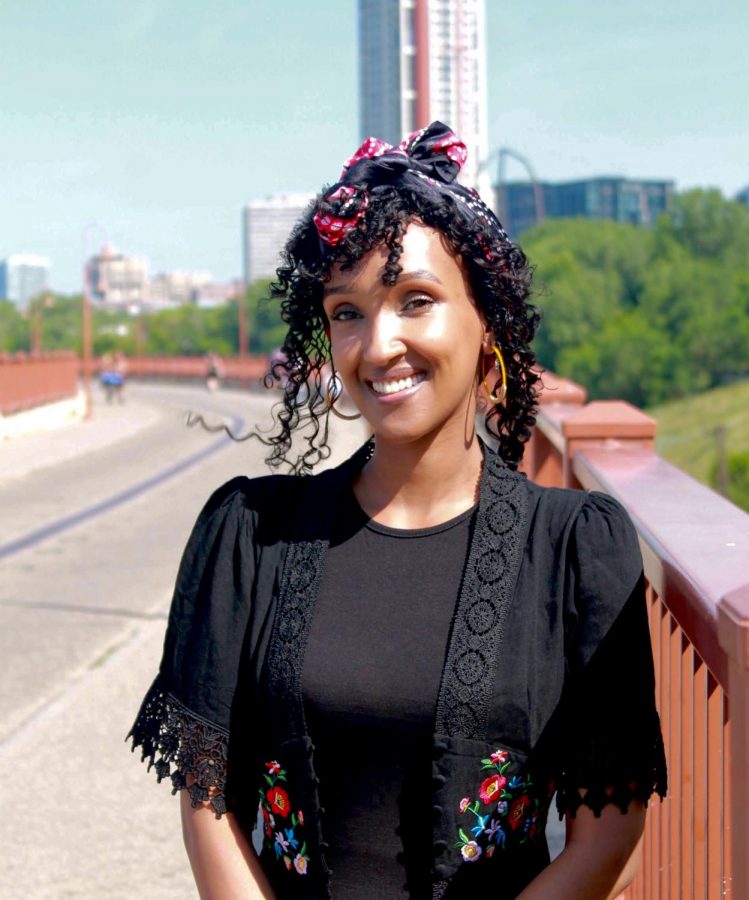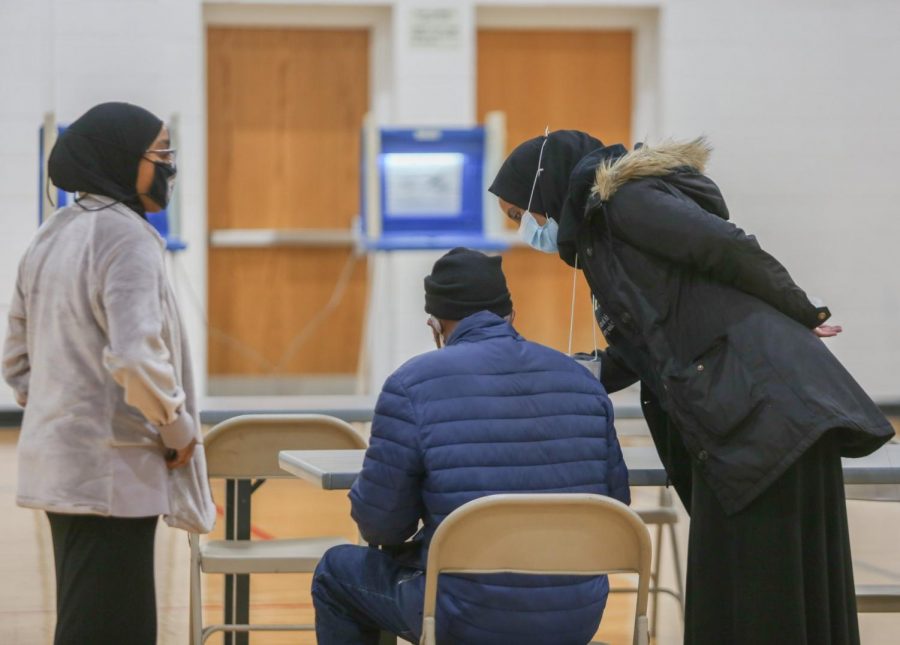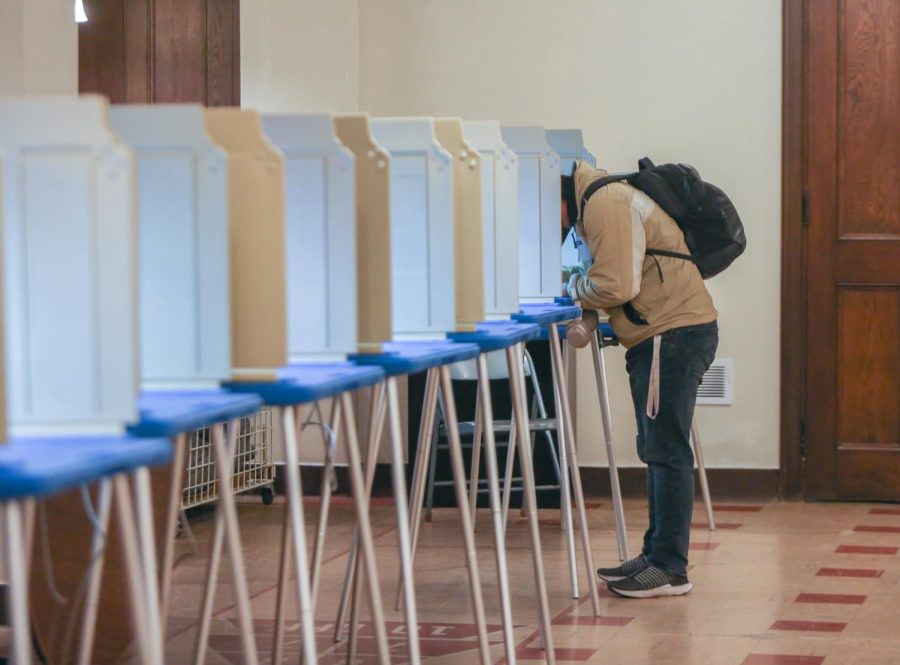During city elections Nov. 2, Minneapolis voters can rank their top three favorite candidates, increasing their power in the election process.
How it works
Ranked choice voting (RCV) is different from the traditional plurality system in that residents can vote for candidates in order of preference, with three columns on the ballot for their first, second and third choice. Candidates for all offices cannot win their race unless they get at least 51% of the votes.
If no candidate achieves a majority right away, election officials proceed to ranked choice voting tabulation, viewing all of the first-choice candidates and eliminating the one who received the smallest number of votes. For the voters whose first-choice candidate was eliminated, their votes will count for their second-choice candidate.
This process will change the percentage of votes for candidates, and if one candidate then has at least 51% of the votes, they will be declared the winner. If not, tabulation will be repeated until one candidate gets that majority.
Minneapolis elections administrator Aaron Grossman said choosing candidates for the second and third choice columns is optional, but recommended for voters who want to have a say in who is elected if their top choice candidates are eliminated.
Grossman said he expects that tabulation will occur this year, due in part to the large number of candidates who run for positions like mayor and Council member.
In 2017, there were 15 candidates for mayor and it took five rounds of tabulation before a winner was declared, Grossman said. This year, there are 17 candidates.
Voters will be able to follow election results on the Secretary of State Steve Simon’s website Nov. 2. You can download an example RCV ballot and see instructions on how to fill it out here.
Why ranked choice voting?
Minneapolis has been using the RCV system for municipal elections since 2006 for the offices of mayor, City Council, Parks and Recreation Board and Board of Estimation and Taxation, Grossman said. It is one of five cities in Minnesota that uses the system for its elections.
All municipal offices are on the ballot in odd-numbered years following a presidential election, every four years, Grossman said. An exception to this is that City Council members will be up for election in 2023 because Minneapolis is redistricting in 2022.
There can also be special elections in the case of a vacancy, which is how Ward Six Council member Jamal Osman was elected in 2020.







